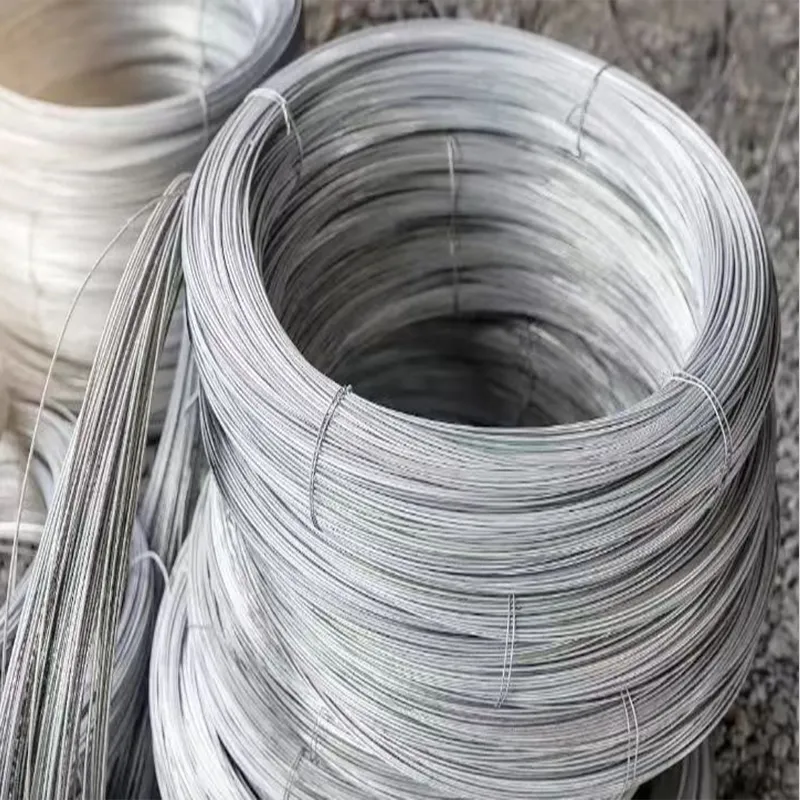-
 Phone:
Phone: -
 Email:
Email:

Applications and Benefits of Rebar Tie Wire in Construction Projects
Understanding Rebar Tie Wire An Essential Component in Concrete Construction
When it comes to concrete construction, reinforcing bars, commonly known as rebar, are indispensable for ensuring structural integrity and durability. However, the role of rebar extends beyond the bars themselves; it also involves the materials and methods used to secure these bars in place during the concrete pouring process. One critical component in this process is rebar tie wire. This article explores what rebar tie wire is, its types, applications, and significance in the construction industry.
What is Rebar Tie Wire?
Rebar tie wire is a type of wire used to bind together pieces of rebar in a concrete structure. It plays an essential role in ensuring that the rebar remains stable and secure during the pouring of concrete. The wire is typically made from galvanized steel, which offers durability and resistance to rust and corrosion. This is particularly important in construction environments, where exposure to moisture can lead to deterioration over time.
Types of Rebar Tie Wire
There are several types of rebar tie wire, which can be categorized primarily based on their gauge (thickness) and finishes. The most common types include
1. Black Annealed Wire This type is untreated steel wire, which is soft and pliable, making it easy to work with. However, it lacks corrosion resistance and is suitable for indoor applications where exposure to the elements is minimal.
2. Galvanized Wire Galvanized rebar tie wire is coated with a layer of zinc to enhance its resistance to rust. This makes it ideal for outdoor applications and environments where moisture is a factor.
3. Stainless Steel Tie Wire This is the most corrosion-resistant option, making it suitable for use in highly corrosive environments, such as marine applications or chemical plants. However, due to its higher cost, it is less commonly used for standard construction projects.
Applications of Rebar Tie Wire
rebar tie wire

Rebar tie wire is used in a variety of applications, primarily in concrete structures where rebar reinforcement is needed. Common uses include
- Foundations When pouring concrete for a new foundation, rebar is laid out in a grid pattern, and tie wire is used to keep the bars in place, ensuring proper coverage and support for the concrete.
- Walls and Slabs In constructing walls and slabs, rebar is again required for reinforcement. Tie wire helps maintain the alignment of the bars, preventing them from shifting during the pouring process.
- Bridges and Overpasses Larger structures like bridges require a significant amount of rebar for structural integrity, and tie wire plays a crucial role in securing these bars in place under challenging conditions.
The Importance of Rebar Tie Wire
The importance of rebar tie wire cannot be overstated. Properly tying rebar with tie wire ensures that the reinforcement bars maintain their correct position, which is critical for the structural performance of the concrete. If the rebar shifts during the pouring of concrete, it can lead to weak spots in the structure, compromising its safety and longevity.
Moreover, using the appropriate type of tie wire for a specific project is vital. For example, using black annealed wire in a moisture-prone area could lead to early deterioration, while galvanized or stainless steel options would provide better longevity.
Conclusion
In summary, rebar tie wire may seem like a minor component in the larger context of concrete construction, but its role is crucial for ensuring the effectiveness and integrity of reinforced concrete structures. By securely binding rebar in place, tie wire enables the concrete to effectively carry loads and resist environmental stresses. Understanding the different types of tie wire and their appropriate applications is essential for any construction professional aiming to deliver safe and durable structures. As construction practices evolve, materials like rebar tie wire continue to play a vital role in the industry, underpinning the very foundations of modern architecture.
-
Wire Mesh for Every Need: A Practical SolutionNewsJul.25,2025
-
Steel Fences: Durable, Secure, and Stylish OptionsNewsJul.25,2025
-
Roll Top Fencing: A Smart Solution for Safety and SecurityNewsJul.25,2025
-
Cattle Farm Fencing Solutions for Maximum SecurityNewsJul.25,2025
-
Affordable Iron Binding Wire SolutionsNewsJul.25,2025
-
Affordable Galvanized Wire SolutionsNewsJul.25,2025
-
Wire Hanger Recycling IdeasNewsJul.25,2025








